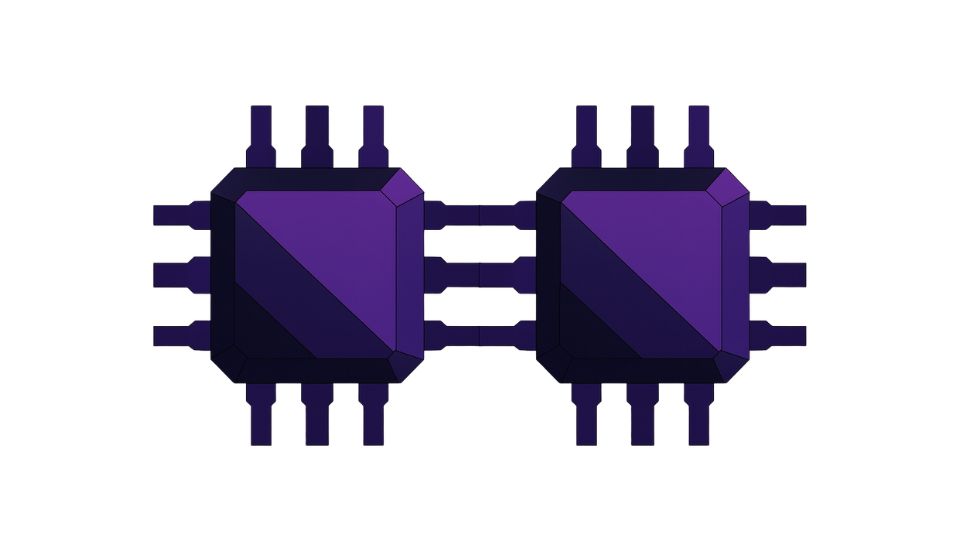A newly discovered low-cost physical side-channel attack, dubbed TEE.fail, has demonstrated the capability to circumvent the confidentiality and security assurances of modern Trusted Execution Environments (TEEs) from both Intel and AMD. This attack allows for the full extraction of cryptographic keys and the subversion of secure attestation mechanisms in widely used hardware-based security solutions, according to researchers.
The TEE.fail attack specifically targets Intel’s SGX and TDX, as well as AMD’s SEV-SNP, by exploiting deterministic encryption and DDR5 bus interposition. Using a homemade logic analyzer setup constructed for under $1,000, attackers can eavesdrop on memory transactions. This bypasses the protections designed into these secure enclaves, The Hacker News reported. This method represents a significant challenge to the foundational security principles of TEEs, which are designed to protect sensitive data and code even from privileged software on the same system.
For successful exploitation, the TEE.fail attack necessitates both physical access to the target system and root-level privileges for kernel driver modification, as detailed by the discovery. While these prerequisites indicate a high-bar for adversaries, the potential to compromise hardware-rooted trust in such a cost-effective manner highlights a critical vulnerability in confidential computing architectures. The ability to extract cryptographic keys directly undermines the isolation guarantees that TEEs provide for sensitive operations. For context on similar threats, see our report on New Android Trojans Targeting Financial Data, which also explores the challenges of data protection.
The implications extend to any system relying on these specific Intel and AMD TEEs for secure processing and data protection, potentially exposing encrypted data and sensitive computations to determined attackers. The subversion of secure attestation further means that a compromised enclave could falsely report its integrity, making detection difficult. Understanding and mitigating such side-channel vulnerabilities remains an ongoing challenge in hardware security. This situation underscores the broader landscape of cyber threats, as seen in warnings about BADCANDY Cyberattacks targeting network devices.

